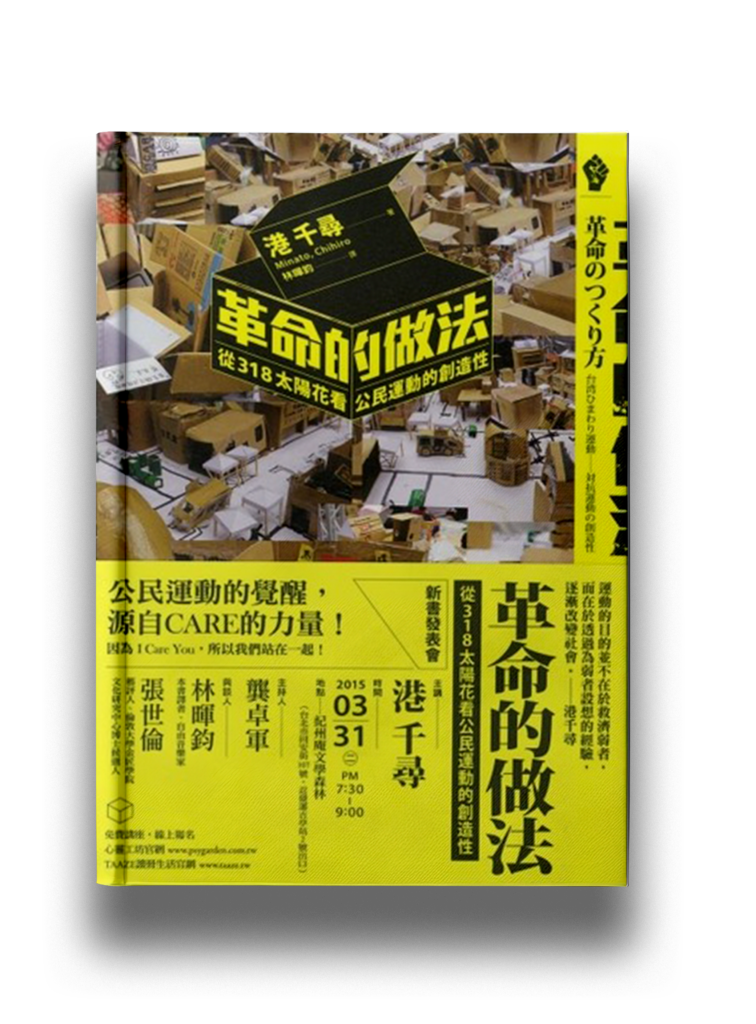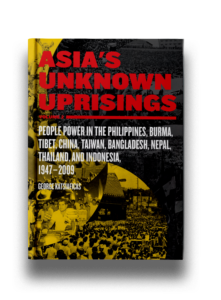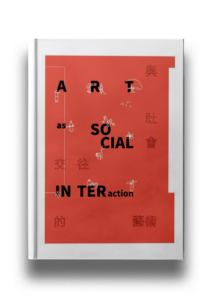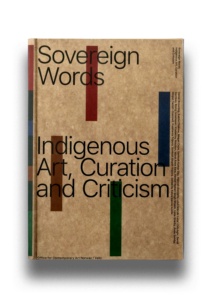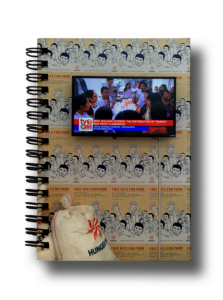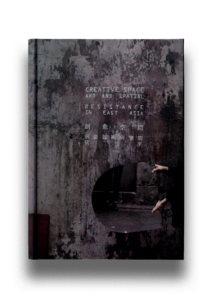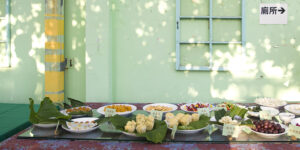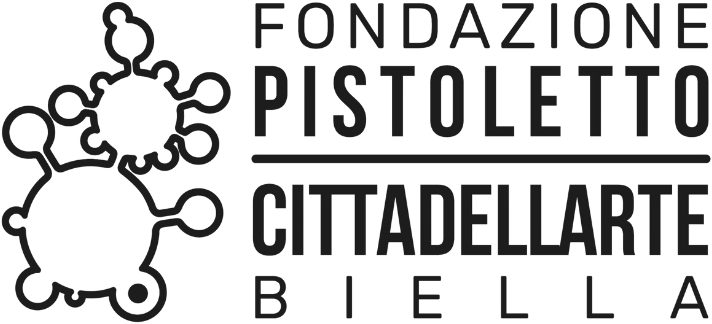Year
2015
Publisher
台北:心靈工 坊 - Psy Garden
Author
Chihiro Minato
Annotation
In this book, the Japanese Artist and scholar Chihiro Minato documents the visual and material culture of the Sunflower Student Movement in Taiwan (2014). The first part, ‘The Voice of our Time’, introduces the student movement and highlights its connections to other protests around the world. The second part, ‘The Methodology of Revolution’, is divided into twenty-one sections with a spatial layout that highlights the various forms of artistic creativity such as Black Box, Parliament, Sunflower, body, configuration and so on. The significance of this book lies in its efforts to offer a conceptual framework for understanding the role of art in the Sunflower student movement and to assess the value of art’s contribution to this historically significant protest movement in Taiwan.
LU Pei-Yi
太陽花運動在保護(care)民主主義的同時,也為他者設想,兩者不可分離。... 每個人都動員自己擅長的事情、精通知識,以及特殊的技能,只要是做得到的 事,就動手去做。這種人類的「多工(多重任務處理)」現象,就誕生在『佔領』 這種特殊狀況之中
